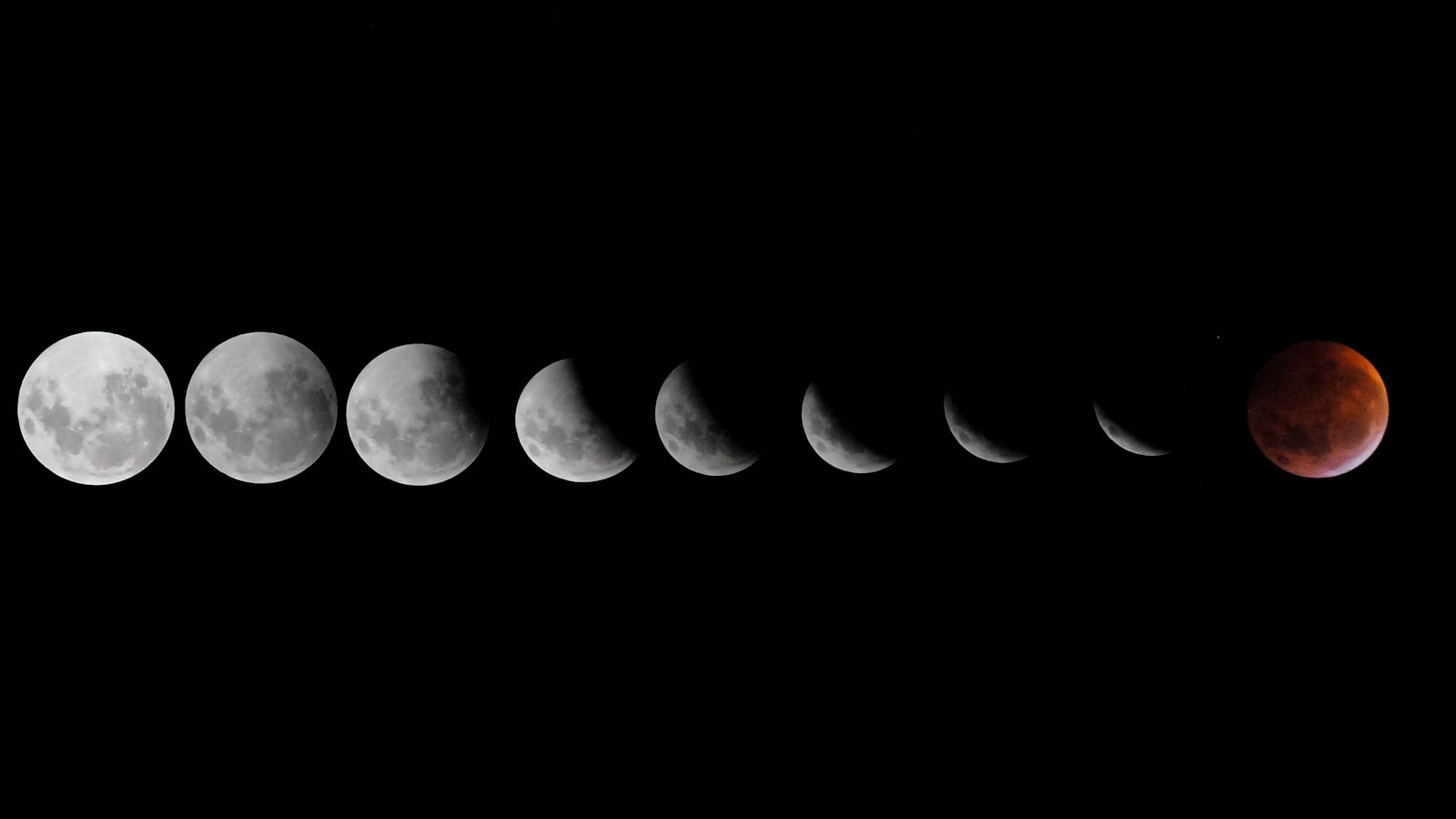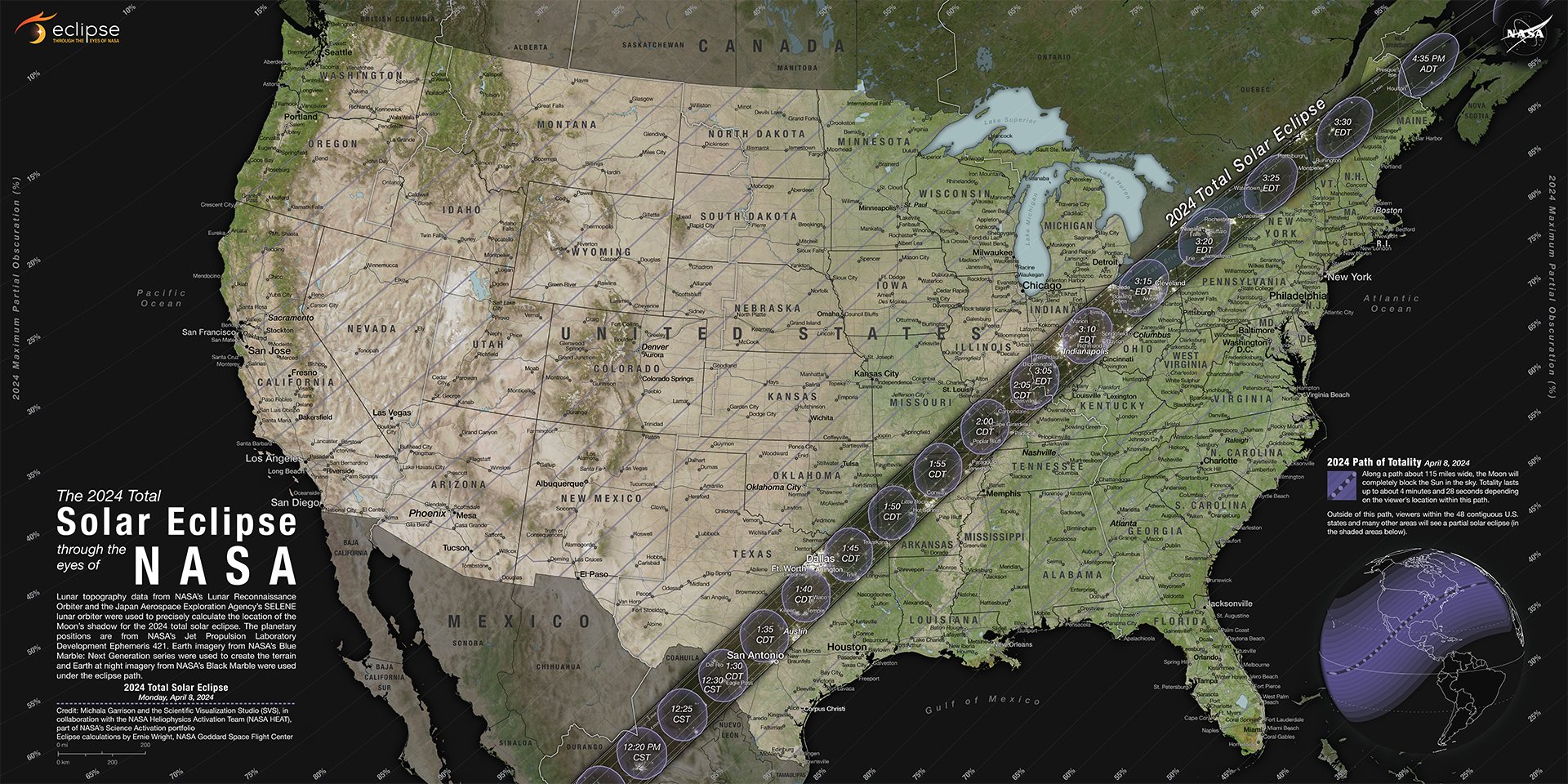In the grand theater of the cosmos, there is no spectacle quite as mesmerizing as a solar eclipse. When the moon cloaks the sun in a midday twilight, shadows twist and, for a moment, the world hushes to witness a celestial wonder. It is a dance of cosmic shadows, and it has captivated humanity throughout the ages. This blog post will take you on a journey into the heart of the eclipse, uncovering its mysteries, and preparing you for the grand performances yet to come.

A Celestial Phenomenon Explained
What is a Solar Eclipse?
At its core, a solar eclipse occurs when the moon moves between the Earth and the sun, temporarily blocking the sun's light. There are three types of solar eclipses:
- Total Solar Eclipses: The moon completely covers the sun, and for a few precious minutes, day turns into night.
- Annular Solar Eclipses: The moon is too far from Earth to completely cover the sun, resulting in a "ring of fire."
- Partial Solar Eclipses: The moon only covers a part of the sun's disk.
The Science Behind the Shadows
The alignment of the sun, the moon, and Earth is known as syzygy, a term as rare and as it sounds. This alignment is a necessary celestial recipe, and it varies in its presentation. During an eclipse, the moon casts two types of shadows on Earth - the umbra, where the sun is completely obscured, and the penumbra, where only a part of the sun is hidden.
The Majesty of Totality: The 2024 Solar Eclipse
Mark Your Calendars for April 8, 2024

It's time to prepare for the grand show! On April 8, 2024, a total solar eclipse will sweep across North America. If you missed the Great American Eclipse of 2017, this is your chance to join the eclipse chasers in a moment of cosmic awe.
Traversing Continents
Starting in Mexico, cutting a path through the United States, and ending its journey in Canada, the 2024 eclipse is poised to become a monumental event. As it glides across the continent, the eclipse will offer millions a chance to gaze into the shadow of the moon.
The Path of the Eclipse
In Mexico, states like Sinaloa, Durango, and Coahuila will witness totality. As the moon's shadow moves north, states including Texas, Oklahoma, and Arkansas will experience daytime darkness, followed by Illinois, Kentucky, Indiana, right up to Maine.
 Source: NASA
Source: NASA
Safety First: Protecting Your Eyes
As we approach this event, it's crucial to remember that viewing a solar eclipse requires protection. Visit AbsoluteEclipse.com, recognized by the American Astronomical Society, for ISO 12312-2:2015(E) compliant glasses.
Planning and Preparation
To ensure that you're ready for this incredible event, start planning now. Consideration for weather, accommodations, and viewing location is key.

An Event for the History Books
Total solar eclipses are not just astronomical events; they are historical landmarks that leave lasting impressions on all who witness them. The 2024 eclipse, like those before it, will inspire tales for future generations.
Stargazing Gear: The Essentials
Preparation is Key
When preparing for an eclipse, it's more than just marking the date. You'll need the right gear to fully appreciate the grandeur while protecting your vision. Let's explore what essentials you'll need:
- Solar Viewing Glasses: Never look directly at the sun without proper solar filters.
- Telescope with a Solar Filter: For a closer look, ensure your telescope is equipped with a specialized solar filter.
- Pinhole Projector: A simple and safe DIY project that allows you to project an image of the eclipsed sun onto a surface.
Gearing Up with AbsoluteEclipse.com
At AbsoluteEclipse.com, not only will you find safe and accredited viewing glasses, but you will also be supporting a supplier that has earned the seal of approval from the Solar Eclipse Task Force. Prepare yourself with the best gear to experience the marvels of the upcoming solar eclipse.
The Eclipse Throughout Cultures and Time
Mythology and Mystery
Eclipses have stirred both fear and fascination throughout human history. Eclipses have been interpreted as omens, woven into the tapestry of mythologies around the world.
Ancient Interpretations
The Vikings saw eclipses as the sky wolves, Sköll and Hati, catching up to the sun and the moon. For the ancient Chinese, a celestial dragon was believed to be devouring the sun.
Impacts on Modern Science
Solar eclipses have played critical roles in scientific discoveries, from Einstein's theory of general relativity to the understanding of the sun's corona.
The Future of Eclipses and How to Stay Informed
Staying Ahead of the Shadow
Eclipses are events of the future, and planning is everything. To stay informed of upcoming eclipses, including times and dates specific to your area, turn to eclipse-timer.com for precision and timeliness.
Anticipating the Next Performance
After 2024, the next American-continent total eclipse will occur on August 23, 2044, an event with its distinct path and promise of wonder.

Engage with the Eclipse Community
Build Your Eclipse Experience
As we approach these celestial events, engage with local astronomy clubs, online communities, and social platforms to share stories, photos, and tips. If you're looking to document your experience, consider investing in camera gear and eclipse filters.
Cherishing the Cosmic Ballet
As we wrap up our in-depth exploration of solar eclipses, remember that each eclipse is a unique experience. Whether it's through the lens of science, culture, or personal reflection, the observation of an eclipse can be profound.
If this guide has sparked a newfound wonder for the eclipse in you, share your thoughts and plans below. How will you prepare? Where do you plan to witness it? Let’s continue the conversation, and remember, the dance of cosmic shadows is an invitation extended to each of us.
Embrace the eclipse. Prepare with purpose. And watch as the moon, the sun, and Earth choreograph the oldest dance known to man—a ballet of shadows that can, and will, stop the world in awe.




















